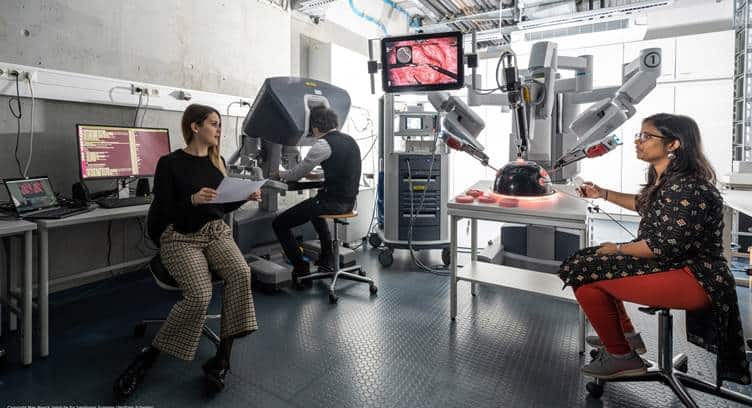NEC Laboratories Europe achieves a major milestone in advancing wireless communications by developing the first working prototype of a fully passive smart surface.
This paves the way for the manufacture of smart surfaces and the introduction of low latency, 5G cellular services by controlling and delivering strong and consistent wireless signals in open spaces.
Wireless signals are inherently unstable in large environments: limited signal strength and objects within wireless zones affect signal range and interfere with device connectivity. This can affect the operation of existing applications, and is slowing the implementation of high-speed, 5G services and the design of 6G architecture.
Smart surfaces, also known as reconfigurable intelligent surfaces (RISs), are arrays of programmable electronic material that control and amplify wireless signals within a targeted environment. They can attach to most surfaces and beam wireless signals to specific areas: this enables different wireless zones and services to be set up within only a few wireless communication environments.
NEC smart surfaces improve on current RIS technology by being fully passive with no active radio frequency components, which reduces their overall power consumption and the amount of electronics that need to be printed. This means lower production costs and a smaller carbon footprint.
Existing third party, smart surface prototypes exhibit major drawbacks such as reconfiguration latency, circuit complexity and high-energy consumption. In contrast, NEC's smart surfaces improve on standard RIS electronic design, making it simpler, while increasing device reconfiguration speeds.
Once commercialized, smart surfaces will be integrated into existing wireless networks, greatly reducing existing installation and maintenance costs for local telecommunication operators. The technology will enable a higher accuracy of indoor geolocation systems, provide strong electromagnetic field (EMF) protection in public areas, and will help deliver enhanced, personalized services for end users.
Xavier Costa, head of NEC Laboratories Europe's 6G Research Group
Smart surfaces can be designed to stick on anything to direct and amplify wireless signals in open spaces, but until now their cost to manufacture has prevented serious consideration for use. With that issue resolved we now have a realistic roadmap for rapid commercialization, which represents a real eureka milestone for wireless communications.




















